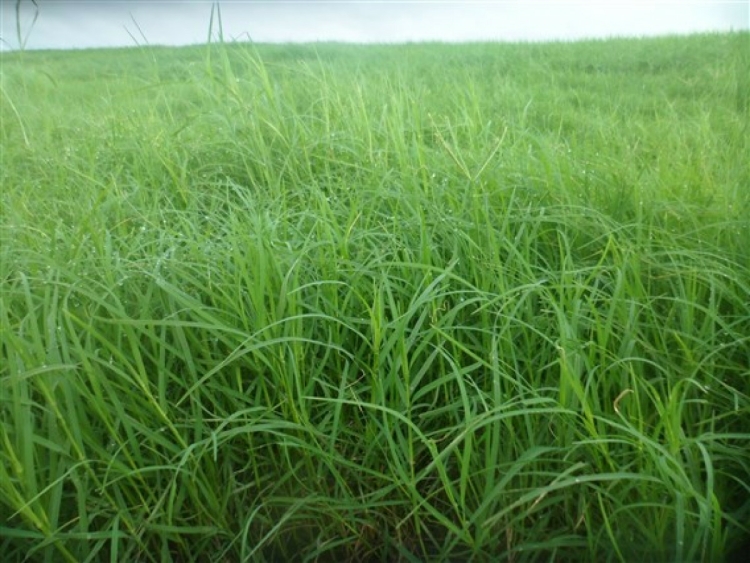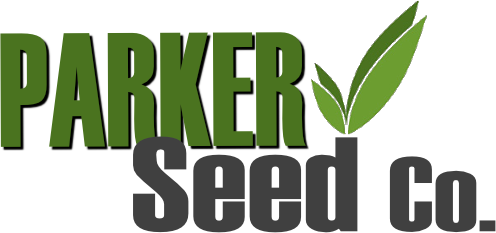Maverick Plus
Bermudagrass Blend
Life Cycle: Perennial
Introduced/ Native: Introduced
Growth Habit: Rhyzominous
Plant Height: 12-18 inches
Benefits
● Excellent drought tolerance.
● Provides excellent quality forage and or hay for all classes of livestock
● Improved Cold Tolerance and Persistence.
● Improved forage quality over other seeded varieties or blends
● Seed provided raw/un-coated

Description
Maverick Plus is a blend of high-yielding fast-growing forage-type bermudagrasses designed to provide higher-quality grazing and hay. Maverick with its fast growth, fine stem, and high leaf-to-stem ratio will produce yields comparable to or greater than coastal bermudagrass which makes it a favorite for cattlemen and horsemen.
As an added advantage to the producer, Maverick Bermudagrass is provided uncoated/raw. For the producer there are no fillers or inert matter, lower planting cost/acre, and overall, you get what you pay for.
As the name applies, Maverick Forage Bermudagrass is truly an unconventional, stand-alone product, not conforming to industry standards. We are truly in a class of our own.
Crop USe

Dry Hay

Continuous Grazing

Rotational
Gtazing

Wildlife
USe
Planting Information:
Characteristics
Field Position
RAW - VS- COATED
The Naked Truth
Seed coatings have been utilized for many years and have shown great advantages, especially with legumes such as alfalfa and clovers. By coating legume seed, the seed can be pre-inoculated prior to planting which ensures proper inoculation thus creating healthier more robust plants.
In more recent years many companies have begun coating and treating bermudagrass and other grass seeds. Some companies use coating with nutrient fertilizer or fungicides, others claim that their coatings enhance water retention thus enhancing germination and establishment.
There is so much debate in the research/professional community concerning the benefits of coated grass seed. Some studies which are sponsored by the seed coaters/seed companies show potential benefits for the coatings, however, independent research has shown that there is little to no significant difference in germination or establishment of bermudagrass using coated seed. Their results confirmed that moisture, environmental conditions, and planting procedures have more impact on stand establishment rather than the seed coatings themselves.
So the question is often asked who truly benefits from coated seed? The supplier or the consumer? It is true that coating bermudagrass seed does add bulk to the seed which improves handling characteristics during planting. It is also a fact that coated seed is also easier to see on the ground during planting which makes it easier to calibrate the spreader/applicator. The downfall to coated seed is that the planting rate must be adjusted possibly doubled to ensure proper seeding rates and plant populations. Some companies who market coated seed claim that it is not necessary to adjust planting rates, however, most universities as well as the majority of seed suppliers recommend adjusting the seeding rate to offset, the added inert material.
Price Comparison
Below is the general economic breakdown comparing coated and raw seed. For comparison purposes, planting rates are set for both raw and coated seed at a rate of 8 pls/acre, and costs are converted from price per pound to cost per pls (pure live seed). The prices provided are average prices and may vary between retailers or farm stores where seed is purchased.
It must also be noted that many proprietary varieties are not available or sold as raw seed. This is true for many of the turf-type bermudagrass as well as varieties that are poor seed producers.
Maverick Bermudagrass
(Un-Coated/Raw Seed)
Average Cost/Pound: $10.00 /lbs
Pure Seed: 98.00%
Inert Matter: 2.00%
Germination: 85.00%
Pure Live Seed(pls): 83.30%
Bulk lbs/pls: 1.20 lb
Cost / pls lb: $12.00/pls lb
Planting Rate: 8 pls lb
Cost per Acre $96.00/acre
-vs-
Compeitors
(Coated Seed)
Average Cost/Pound: $8.50 /lbs
Pure Seed: 48.00%
Inert Matter: 52.00%
Germination: 85.00%
Pure Live Seed(pls): 40.80%
Bulk lbs/pls: 2.45 lb
Cost / pls lb: $20.83/pls lb
Planting Rate: 8 pls lb
Cost per Acre $166.60/acre
